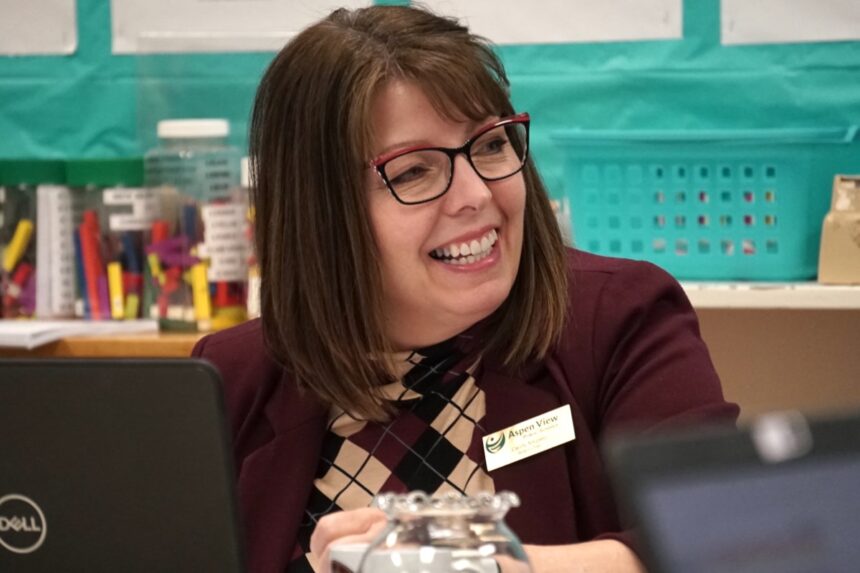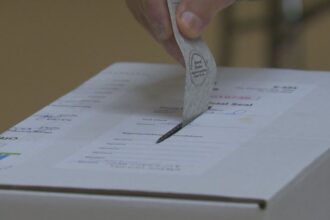In a landmark move that signals a deepening commitment to reconciliation, Aspen View Public Schools has significantly enhanced its Indigenous education framework, establishing what educational leaders are calling “one of the most comprehensive policies of its kind in Alberta.” The revamped policy, unanimously approved during a recent board meeting, represents far more than administrative paperwork—it embodies a fundamental shift in how Indigenous perspectives are woven into the educational fabric across the division’s schools.
“This isn’t just about checking boxes,” said Superintendent Neil O’Shea during the board’s deliberations. “These revisions transform our approach to Indigenous education from a supplementary consideration to a core element of how we educate all students in our division.”
The policy overhaul comes amid growing recognition across Canada that educational systems must play a central role in advancing truth and reconciliation efforts. What sets Aspen View’s approach apart is its comprehensive scope, extending beyond curriculum additions to encompass systemic changes in governance, staff development, and community engagement.
Board Chair Candy Nikipelo emphasized the collaborative nature of the policy’s development, noting that it emerged from extensive consultation with local Indigenous communities, Elders, and knowledge keepers. “This policy reflects not what we think Indigenous education should be, but what our Indigenous partners have told us they need from our educational system,” Nikipelo explained.
Among the policy’s most significant provisions is the mandate for ongoing professional development for all staff members regarding Indigenous histories, perspectives, and teaching methodologies. The division has committed to ensuring that educators receive the tools and knowledge necessary to authentically incorporate Indigenous worldviews into their teaching practices.
The policy also establishes more robust accountability mechanisms, including regular reporting on implementation progress and outcomes. This transparency represents a departure from earlier approaches to Indigenous education that often lacked clear metrics for measuring success.
Elder Wilson Bearhead, who advised on the policy development, praised the division’s commitment. “What I see in this document is not just words on paper, but a pathway toward genuine understanding between communities. When implemented with heart and commitment, these guidelines will help create the kind of educational environment where Indigenous students see themselves reflected and all students develop a deeper understanding of our shared history.”
The timing of this policy enhancement coincides with broader political discussions across Alberta regarding Indigenous curriculum content. While provincial debates continue, Aspen View’s proactive approach positions the division as a potential model for other school authorities.
Educational policy experts note that meaningful implementation will be the true test of the policy’s effectiveness. Dr. Marie Ghostkeeper, an Indigenous education researcher at the University of Alberta, observes: “The strength of any policy lies not just in its wording but in how it transforms daily practices in classrooms and schools. Aspen View’s challenge now will be translating these comprehensive guidelines into lived experiences for students and staff.”
For Indigenous students within the division, the policy promises a more culturally responsive learning environment. Research consistently shows that Indigenous students demonstrate improved educational outcomes when their cultural identities are affirmed and represented within school settings.
As news of the policy spreads, neighboring school divisions have expressed interest in Aspen View’s framework. This ripple effect suggests the potential for broader systemic change across Alberta’s educational landscape.
The question now facing educators, students, and communities within Aspen View Public Schools is profound: Can a well-crafted policy truly transform educational experiences and contribute meaningfully to reconciliation, or will the greater challenge be in sustaining the commitment and resources necessary to bring these aspirations to life in classrooms every day?










